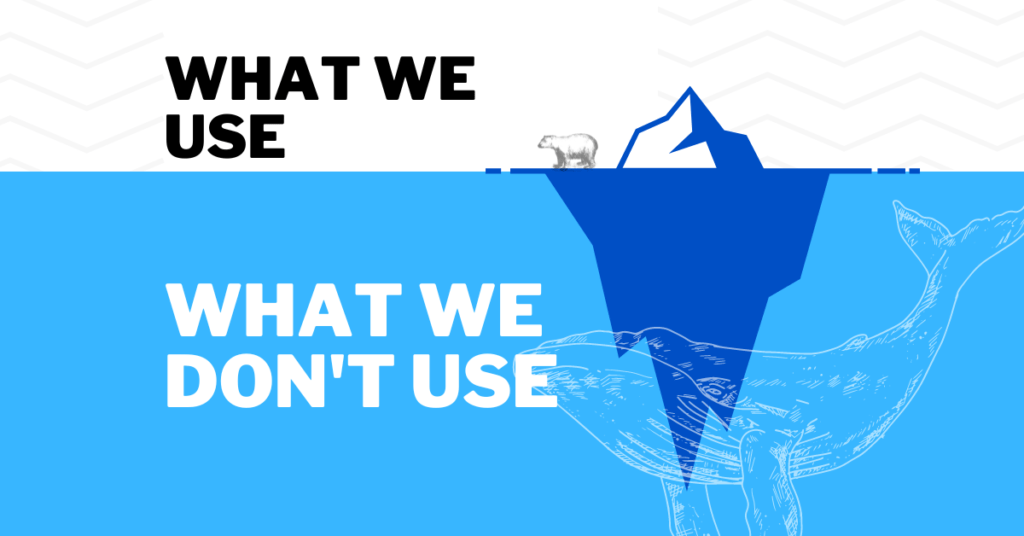In today’s digital age, businesses have numerous options when it comes to marketing their products and services. Two popular approaches are Brand Marketing or Branding, and the second is Performance marketing.
However, while these marketing techniques are used to achieve business goals, they differ significantly in their objectives, metrics, and outcomes.
In this blog post, we will explore the key differences between performance marketing and branding and help you decide which approach is better suited for your business.
Objectives of Performance Marketing and Branding
Performance marketing and branding have different objectives.
Branding or Brand Marketing is a long-term strategy that aims to create a strong brand identity, increase brand awareness, improve brand recall and establish an emotional connection with the target audience. Branding is a more holistic approach to building brand equity and customer loyalty. The success of branding is measured by metrics such as organic engagement, brand recall, brand recognition, and brand loyalty.
On the other hand, performance marketing is a data-driven approach that focuses on achieving measurable results such as lead generation, user acquisitions, and sales. The primary goal is to maximize marketing ROI by targeting the right audience, using the proper channels, and optimizing campaigns for maximum performance. The success of performance marketing is usually measured by the number of conversions and the cost per conversion.
Performance Marketing encompasses all Deep Funnel Goals like – user acquisition, Installs, Registrations, Retention, Reactivation, CACs etc. Click to learn
Metrics Involved in Performance Marketing and Branding
Performance marketing and branding use different metrics to measure success. In performance marketing, the focus is on metrics that directly impact ROI/ROAS. These include:
- Cost per Action (CPA): This metric measures the cost of acquiring a new customer or the cost of performing an Action.
An Action here implies a click, install, registration, purchase, website visit, lead, etc. The advertiser usually defines an Action.
- Return on Ad Spend (ROAS): This metric calculates the revenue generated by a campaign relative to the ad spend.
- Click-Through Rate (CTR): This metric measures the number of clicks on an ad relative to the number of impressions.
The above are just basic metrics. If you wish to master performance marketing metrics, check this post.
In contrast, branding uses metrics that are more qualitative in nature. These include:
- Reach: This metric measures how many unique visitors/ users saw your Ad campaign. Reah explains how well a marketing campaign penetrates the selected targeting group.
- Brand Awareness: This metric measures how familiar consumers are and recognize a brand. Usually, Advertisers collaborate with market research companies like Nielsen and Kantar to conduct Brand-Lift Studies (BLS) to understand the impact of a campaign.
- Brand Equity: This metric measures the value of a brand in the market.
What Should an Advertiser Choose – Branding or Performance?
The decision to choose between branding and performance marketing depends on the business objectives, target audience, and budget. For example, performance marketing is the way to go if the goal is to drive short-term results, such as sales and leads. On the other hand, branding is the better option if the goal is to build a strong brand identity and increase customer loyalty.
In most cases, a combination of branding and performance marketing with spend recalibrations during festive seasons works the best. For example, a business can use performance marketing to drive immediate sales and leads while investing in branding to build long-term brand equity and customer loyalty.
Conclusion
In conclusion, performance marketing and branding are two distinct marketing approaches that have different objectives, metrics, and outcomes. While performance marketing focuses on achieving measurable results, branding aims to build brand equity and establish an emotional connection with the target audience.
The choice between the two depends on the business goals, target audience, and budget. A combination of both branding and performance marketing can be a winning strategy for businesses looking to achieve short-term and long-term results.




